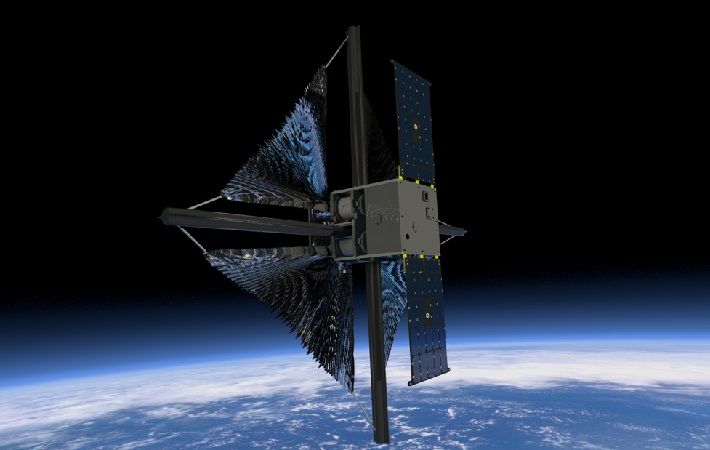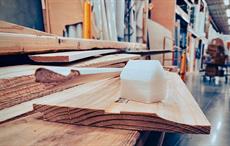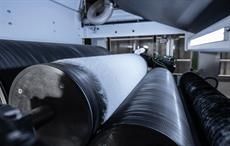NASA is working on new deployable structures and materials technologies for solar sail propulsion systems for future low-cost deep space missions. Just as a sailboat is powered by wind in a sail, solar sails use the pressure of sunlight for propulsion. Data obtained from NASA’s ACS3 mission will help develop future larger-scale composite solar sail systems.
Solar sails eliminate the need for conventional rocket propellant. NASA’s Advanced Composite Solar Sail System, or ACS3, mission uses composite materials - or a combination of materials with different properties, in its novel, lightweight booms that deploy from a CubeSat. Data obtained from the ACS3 mission will guide the design of future larger-scale composite solar sail systems that could be used for space weather early warning satellites, near-Earth asteroid reconnaissance missions, or communications relays for crewed exploration missions.NASA is working on new deployable structures and materials technologies for solar sail propulsion systems for future low-cost deep space missions. Just as a sailboat is powered by wind in a sail, solar sails use the pressure of sunlight for propulsion. Data obtained from NASA's ACS3 mission will help develop future larger-scale composite solar sail systems.#
The primary objective of the ACS3 mission is to demonstrate the successful deployment of the composite boom solar sail in low-Earth orbit. After reaching space, the mission’s CubeSat spacecraft will deploy its solar power arrays and then begin unfurling its solar sail via four booms that span the diagonals of the square and unspool to reach 7 metres in length. After approximately 20 or 30 minutes when the solar sail is fully deployed, the square-shaped solar sail measures approximately 9 metres per side or about the size of a small apartment. A suite of onboard digital cameras will obtain images of the sail during and after deployment in order to assess its shape and alignment.
The ACS3 mission’s sails are supported and connected to the spacecraft by booms, which function much like a sailboat’s boom that connects to its mast and keeps the sail taut. The composite booms are made from a polymer material that is flexible and reinforced with carbon fibre. This composite material can be rolled for compact stowage, but remains strong and lightweight when unrolled. It is also very stiff and resistant to bending and warping due to changes in temperature. Solar sails can operate indefinitely, limited only by the space environment durability of the solar sail materials and spacecraft electronic systems. The ASC3 mission will also test an innovative tape-spool boom extraction system designed to minimise jamming of the coiled booms during deployment.
Interest in solar sailing as an alternative to chemical and electric propulsion systems continues to increase. Using sunlight to propel small spacecraft in lieu of consumable propellants will be advantageous for many mission profiles and offers flexibility in spacecraft design to help NASA meet its missions’ objectives most efficiently.
Fibre2Fashion News Desk (SV)


